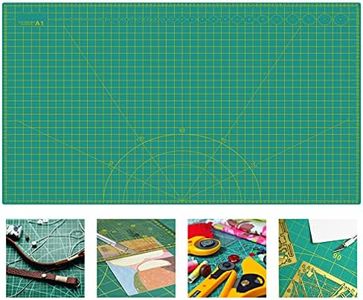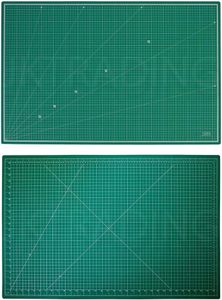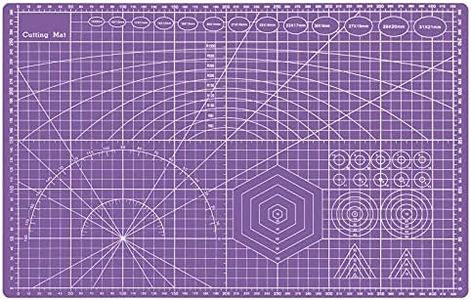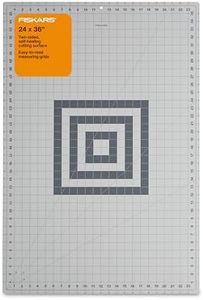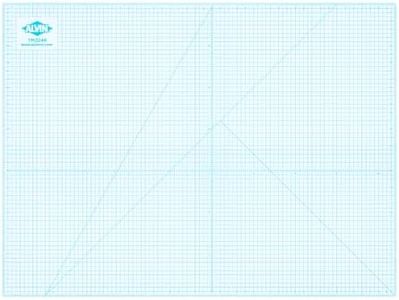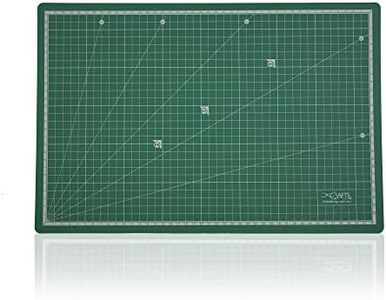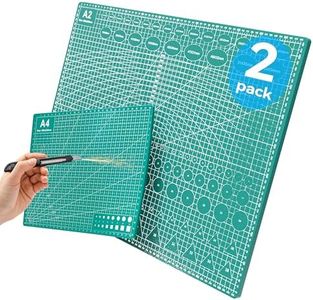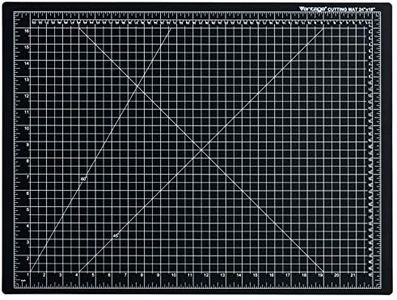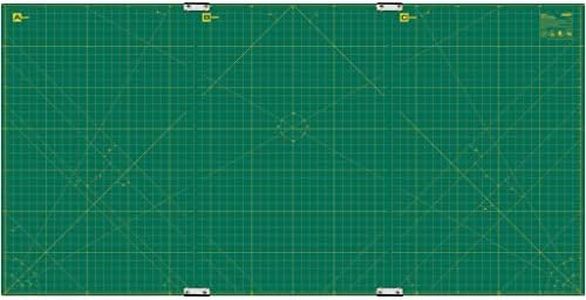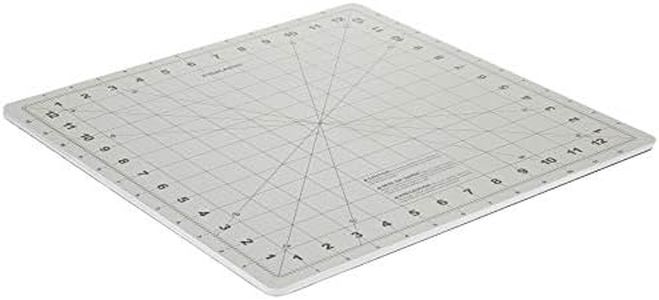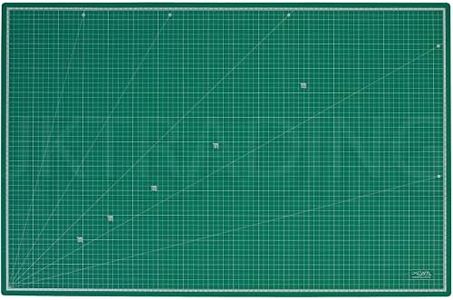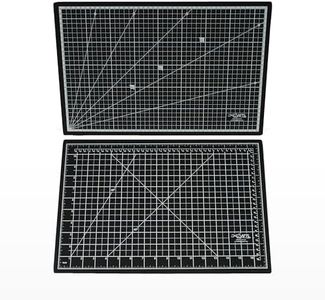We Use CookiesWe use cookies to enhance the security, performance,
functionality and for analytical and promotional activities. By continuing to browse this site you
are agreeing to our privacy policy
10 Best Self Healing Cutting Mats
From leading brands and best sellers available on the web.Buying Guide for the Best Self Healing Cutting Mats
When shopping for a self-healing cutting mat, your goal is to find a surface that not only protects your work area but also maintains its quality after repeated use. Self-healing mats are essential for activities like crafting, sewing, quilting, and model-building because they provide a smooth surface that reseals after cuts, helping your tools last longer and keeping your projects neat. To choose the ideal mat, you should pay attention to several key specifications and think about your main use cases—whether you need it for large fabric pieces, tiny paper crafts, or something in between.SizeThe size of a self-healing cutting mat determines how much workspace you have for your projects. Mats come in many sizes, from compact sheets that fit on a small desk to large ones that cover entire tables. Smaller mats, like those around 12x18 inches, are great for portable use or small projects like card making, while medium mats around 18x24 inches offer more flexibility for tasks like quilting blocks or scrapbooking. Large mats, such as those 24x36 inches and above, are best suited for dressmaking, pattern drafting, or any crafts requiring big, continuous fabric cuts. Think about your workspace size and the typical scale of your projects to decide the right mat size for you.
ThicknessThickness is a key factor because it affects how well the mat can protect your surfaces and how long it will last. Standard thicknesses usually range from 2mm to 3mm, with some heavy-duty versions going beyond 3mm. Thinner mats are lighter and more flexible, which might be good for storage or occasional use, but may wear out faster. Thicker mats are sturdier, provide better cushioning for your blades, and last longer with regular use. If you plan to cut often or use rotary cutters or sharp blades, opt for a thicker mat for better durability and protection.
Surface Texture and Self-Healing QualityThe self-healing feature relies on a special surface that 'reseals' itself after being cut by absorbing the blade and then closing up the tiny incision. A quality self-healing mat feels smooth and doesn’t show deep grooves after use. Some mats may heal better than others, depending on the material and construction. Mats with superior self-healing quality maintain a smooth surface for a longer time, which keeps your projects precise and reduces wear on your tools. If you cut frequently and value long-term smoothness, look for mats marketed with high-grade self-healing surfaces.
Grid Lines and MarkingsMany cutting mats feature printed measurements, grids, and angles to help with precise cutting and alignment. The clarity, contrast, and usefulness of these markings can differ, so think about whether you need detailed guides for cutting squares, circles, or angles. Some mats have markings on both sides or in different units (inches and centimeters), adding to their versatility. If you rely on straight lines and measurements for your craft, opt for mats with clear, durable grids; if you freehand most of your cuts, you might be fine with a simpler surface.
Material and SmellCutting mats are usually made from PVC or similar plastics that create the self-healing effect. The quality of these materials affects flexibility, odor, and overall feel of the mat. Some lower-quality mats can have a strong chemical smell or feel flimsy, especially when new. Higher-quality materials tend to have little smell and are more resistant to warping or cracking over time. If you are sensitive to odors or plan to store your mat rolled up, pay attention to the material quality.
